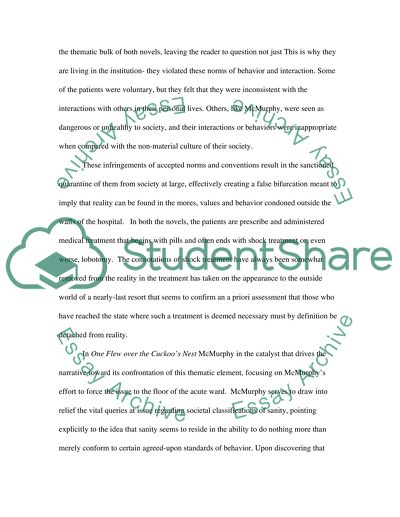Cite this document
(“Reality and Sanity in 1950s Fiction Book Report/Review”, n.d.)
Reality and Sanity in 1950s Fiction Book Report/Review. Retrieved from https://studentshare.org/sociology/1528309-reality-and-sanity-in-1950s-fiction
Reality and Sanity in 1950s Fiction Book Report/Review. Retrieved from https://studentshare.org/sociology/1528309-reality-and-sanity-in-1950s-fiction
(Reality and Sanity in 1950s Fiction Book Report/Review)
Reality and Sanity in 1950s Fiction Book Report/Review. https://studentshare.org/sociology/1528309-reality-and-sanity-in-1950s-fiction.
Reality and Sanity in 1950s Fiction Book Report/Review. https://studentshare.org/sociology/1528309-reality-and-sanity-in-1950s-fiction.
“Reality and Sanity in 1950s Fiction Book Report/Review”, n.d. https://studentshare.org/sociology/1528309-reality-and-sanity-in-1950s-fiction.


